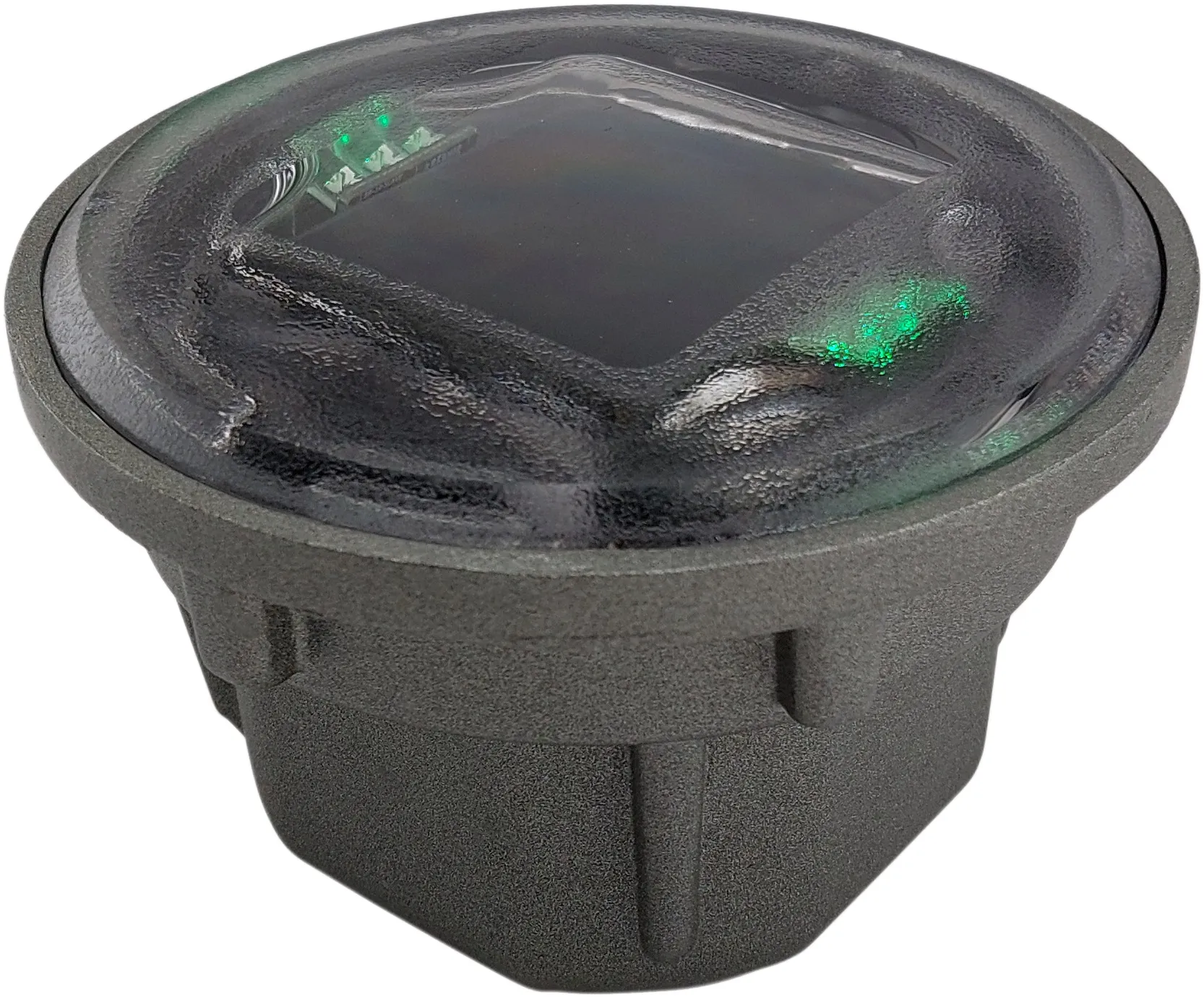
Sernis has launched two solar road studs: SR-i19 and SR-i25.
They use microcontroller technology, and only rise 9mm and 10mm respectively from the road surface: the company says they are "ideal for road delineation, bends/curves, and crosswalks among other applications".
They have constant brightness during all functioning periods and can be seen up to 1km away.
SR-i19 has a high light output due to its 3 LEDs for each side, with an aluminum base giving it strong mechanical resistance.
SR-i25 has a stainless-steel cap that makes it ready for snowploughs, while built-in GPS technology allows flashing synchronisation. It is also available in aluminum.
Sernis highlights its high-performance photovoltaic solar module, with silicone-free junction sealing technology allowing better, faster, and cleaner maintenance.
The technology applied to both models "increases the performance of solar power studs with energy storage by battery or capacitors and protects the road stud against the deep discharge of the batteries/capacitors", Sernis insists.
'Sleep' mode prevents discharge during storage or transport, and the manufacturer points to their ease of installation and the fact that the studs require "virtually no maintenance".










